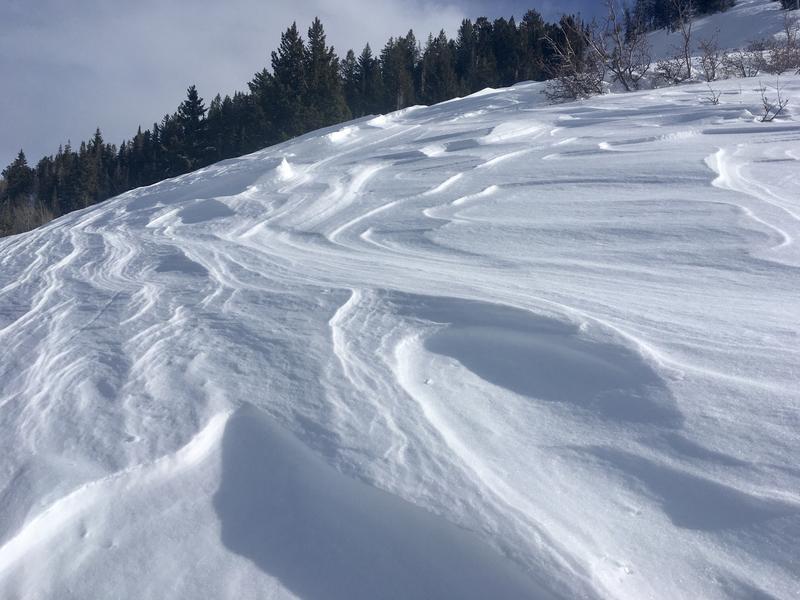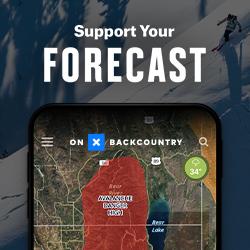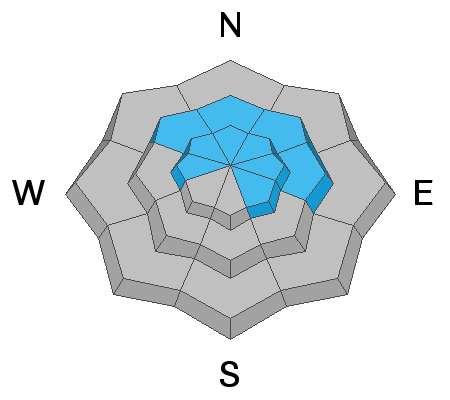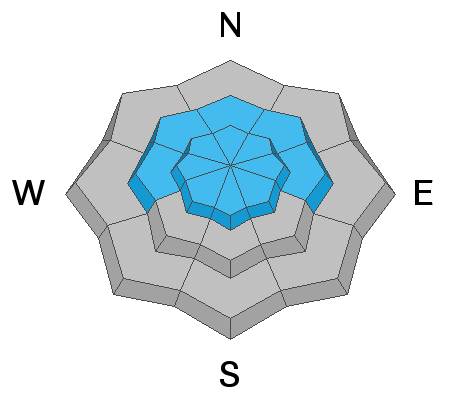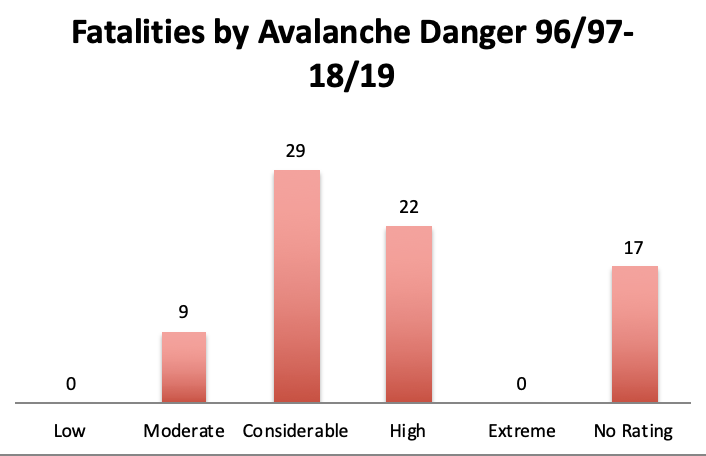Forecast for the Salt Lake Area Mountains

Issued by Mark Staples on
Tuesday morning, December 3, 2019
Tuesday morning, December 3, 2019
The avalanche danger is CONSIDERABLE on most upper elevation slopes facing the northern half of the compass including west and east and southeast ALSO on mid-elevation slopes facing northwest through north through east. All other mid and upper elevation slopes have a MODERATE danger. Low elevation slopes below 8000 feet have a LOW avalanche danger.
The definition of considerable avalanche danger is dangerous avalanche conditions. Last weekend following the storms over the Thanksgiving week, many slopes were "hair trigger" and produced avalanches as people simply approached those slopes. Today, the sensitivity has gone down, but there is still a very good chance you can trigger a large, deadly avalanche.
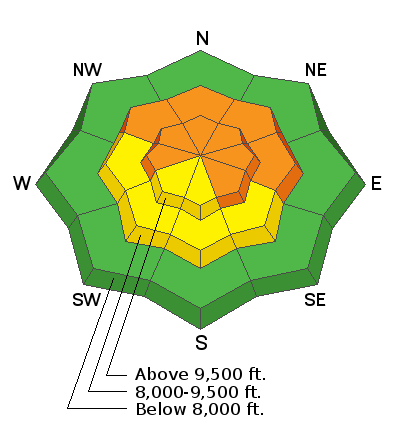
Low
Moderate
Considerable
High
Extreme
Learn how to read the forecast here



